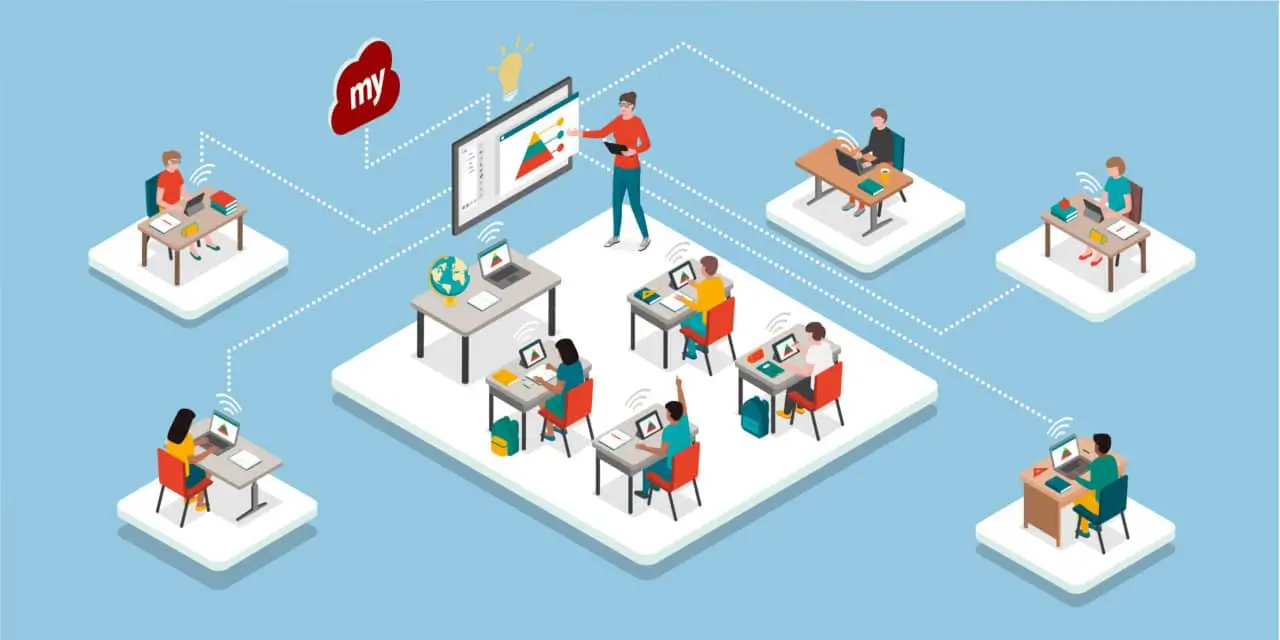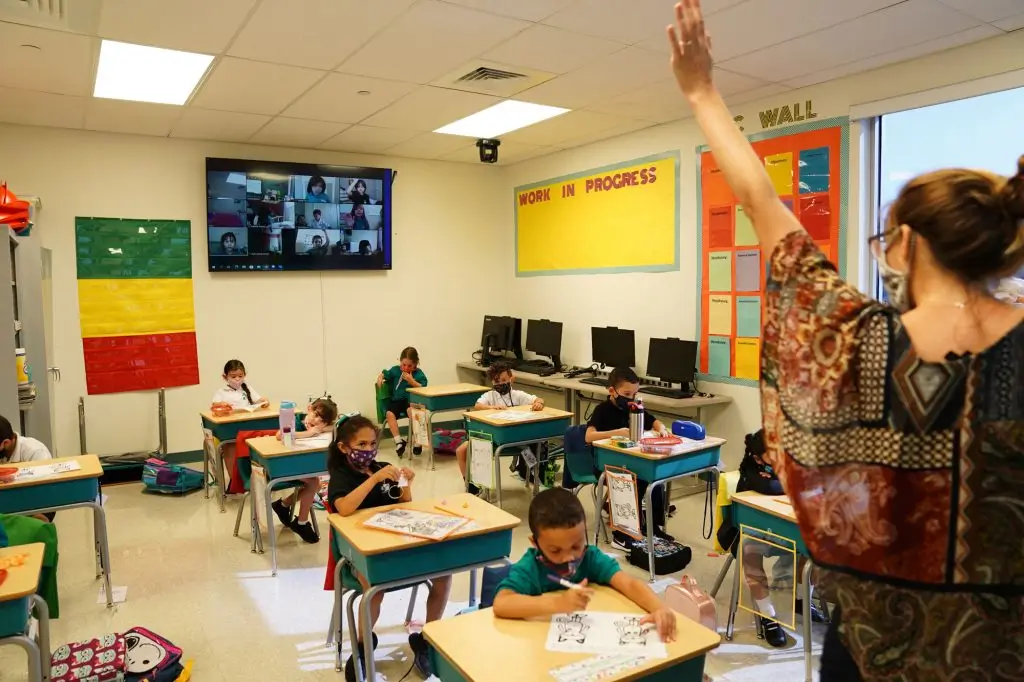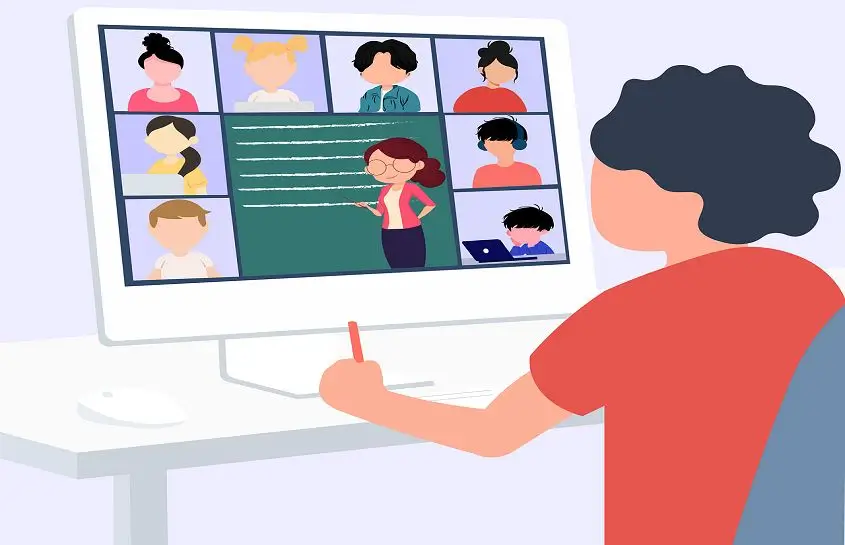The education sector has recently been dramatically changed, primarily stimulated by new touch-and-go educational models incorporating online and face-to-face classes. Technology, student demands, and the coronavirus crisis are the main reasons stimulating this change.
Defining Hybrid Learning
A combination of conventional instructional setting and internet-based learning is known as hybrid or blended learning. This model is flexible since students can learn at their own time and place and access the materials provided. They also allow the teacher to use many teaching techniques to capture all the student’s learning styles.
Benefits of Hybrid Learning
Flexibility and Accessibility:
The hybrid models allow students to use internet access to the course materials, especially for students with un-fixed shifting schedules or geographic barriers. This flexible learning environment is particularly advantageous to nontraditional learners, including working men and women and those with young children to care for.
Personalized Learning:
The pedagogy of distance learning components in the framework of hybrid learning can be individual delivery paths. It is beneficial to students in that they can easily move to other lessons, review materials, and do it on theiown while also helping in understandingng of the subject at large.
Enhanced Engagement:
Hybrid Learning may improve students’ interest due to the incorporation of multimedia resources, interactive tools, and a collaborative platform. Different interaction possibilities include features suching the connection, onlineofnconnectionsnd assignments.
Resource Efficiency:
Universities and schools can spare the sprawling classrooms instead of investing resources into developing online platforms. ThisWhich may result in cost-effectiveness and sustainable feedback or learning feedback for education.
Challengcost-effectiveness
While hybrid learning offers, numero,us advantages, it also presents challenges that educators and institutions must address:
Digital Divide:
It is important to understand that not every learner can afford a good internet connectiont or has access to the proper digital device. To reduce this, institutions may make available gadgets that the students may borrow, collaborate with internet service providers, and come up with hard copy copies that can be accessed by the needy students to ensure all students can be a part of the lesson.
Teacher Training:
Teachers need to have sufficient digital skills and possess online content design skills. Teacher training or workshops can enable teachers to work in the hybrid teaching model and use technology well.
Student Engagement:
In particular, motivating and keeping students fully involved when teaching in a hybrid mode is challenging. Thus, the systematic use of collaborative and activity-based Web assignments, daily contacts, and timely feedback should effectively maintain student attention.
Assessment Integrity:
Therefore, assessment security in an online mode requires the comprehensiveness of certain measures. To keep cheating from becoming a problem while still providing a fair assessment of the student’s knowledge, it is possible to use such techniques as secure onlineonline testing, proctor services, and other forms of evaluation.
Future Outlook
The hybrid delivery mode will continue to be the most common in education as the world goes beyond the pandemic. It becomes flexible and sustainable since it combines traditional face-to-face methods and distance learning practices. Over time, new technologies like virtual reality, artificial intelligence, and adaptive learning systems will join the hybrid learning approach to provide learners with the best learning experience possible.
Conclusion
Hybrid learning is a monumental step in education since it is flexible and personalized and increases engagement in learning. Given the mentioned concerns, educational institutions should find ways of improving the learning environment to eradicate the challenges that come with it, improve on the technologies available, and embrace all the available learning indicators. Looking forward, the mixed model will significantly define future education context and, consequently, demand and meet learners’ needs adequately.






